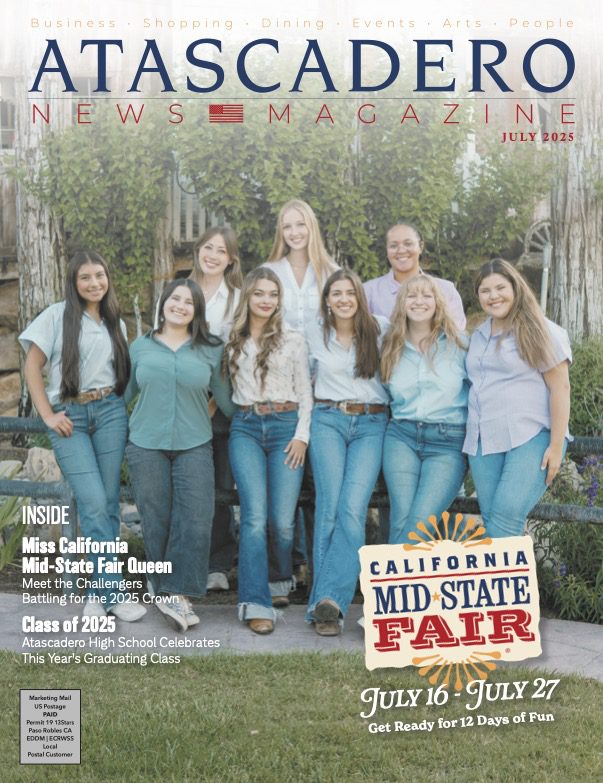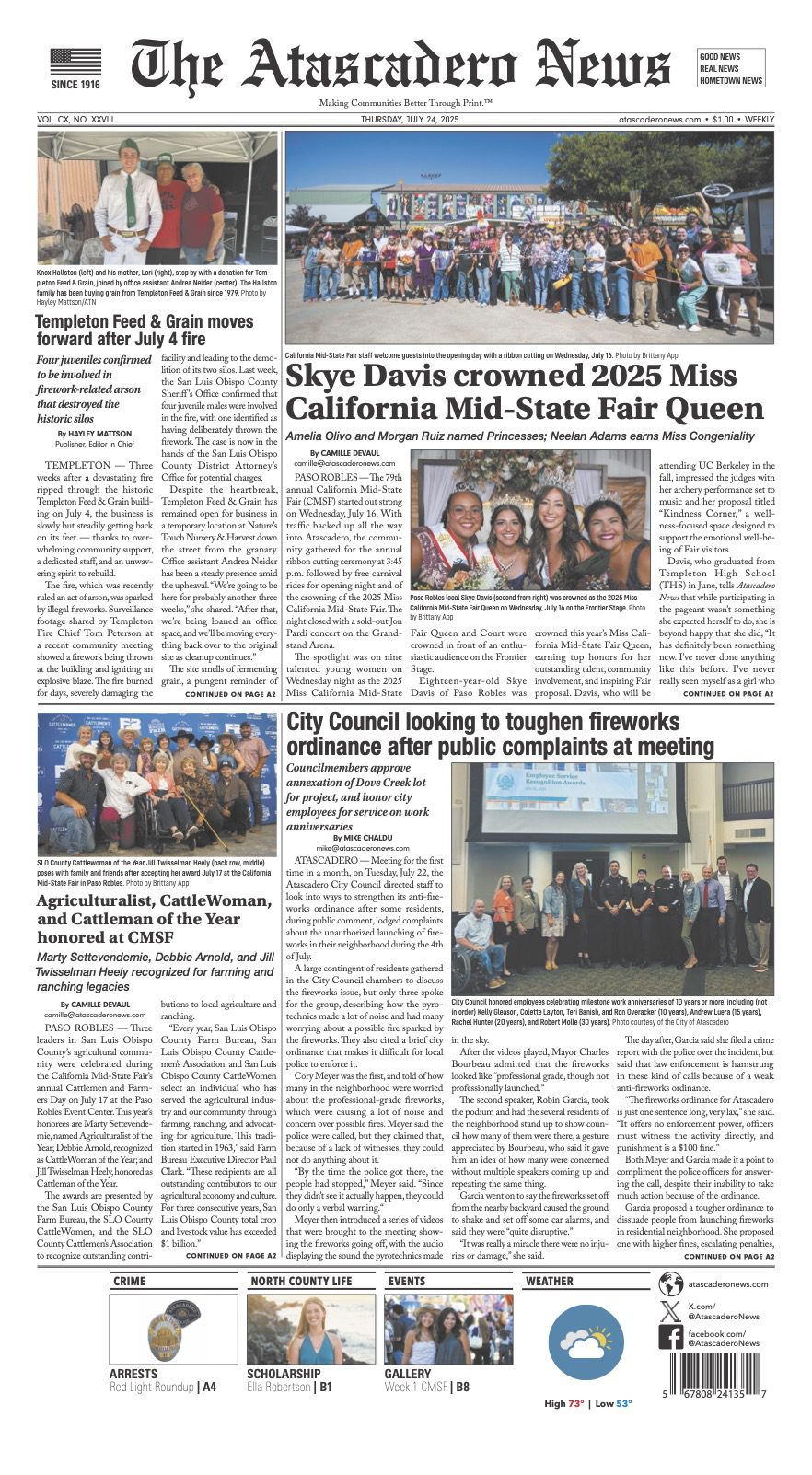Recycled numbers in California’s proposition cycle causes confusion among voters statewide
Californians face the ballot box two times this year, but two propositions that share the same name are causing voter confusion.
There are two propositions that are generating confusion and ire in the public forum, namely Proposition 13 of 2020 and Proposition 13 of 1978.
“People are very confused about it and they are calling our office like crazy, they are thinking that this is the one that is changing Prop. 13 (1978),” Bordonaro said.
Prop 13 (2020 version)
The only thing the two propositions have in common is the number. The first Proposition 13 was ratified in 1978 and put a cap on both residential and commercial property taxes. The new version of Prop 13, called the California for Safe Schools and Healthy Learning, is a state school bond that is slated for the Tuesday, Mar. 3, ballot.
“Prop. 13 on the March ballot has nothing to do with property tax,” said San Luis Obispo County Tax Assessor Tom Bordonaro, Jr. “It is purely a general fund bond issue for school construction, repair and modernization. It’s $15 billion which would end up costing taxpayers $26 million dollars to pay back. It’s purely a bond.”
The school bond proposition goes to funding schools through a bond that will be paid back through the state’s general fund and not directly through property taxes. The proposition, however, does raise the debt cap for local school districts, incentivizing local school districts to put their own school bonds onto the ballot in order to receive the state’s matching funds.
The funding allocation for the March proposition will be $9 billion for preschool to 12th grade, $2 billion for community colleges, $2 billion for the California State University and $2 billion for the University of California.
Prop 13 (1978 version)
In November, there is a possible proposition (yet to be numbered) which will amend the 1978 version of Prop 13. The Proposition 13 property tax of 1978 states that “the maximum amount of any ad valorem tax on real property shall not exceed one percent of the full cash value of such property. The one percent tax to be collected by the counties and apportioned according to law to the districts within the counties.”
Lands are routinely assessed for their value and taxed accordingly, however the Prop. 13 (1978) limits the amount that can be taxed. Think of it as rent control but with property tax and like rent control, the tax can only be reevaluated when the property changes hands.
Proponents are trying to gather the required signatures to place a new proposition on the ballot that will remove the tax cap for commercial and industrial properties set by Prop. 13 (1978). The potential proposition is called, The California Schools and Local Communities Funding Act of 2020. A previous version of the proposition received enough signatures in 2018, but had to be resubmitted due to its authors changing the proposition’s language.
The Galaxy’s Edge
If passed, the CSLCFA would open the door for places like Disneyland, which has not changed hands in decades, to be taxed at a new rate. This would be a boon to California which is already operating on a surplus budget. However, Bordonaro pointed out that San Luis Obispo County, nor the state have enough qualified commercial property assessors to complete the job, especially in a three-year period stated in the proposal.
“It takes all of the commercial and industrial property, so basically, non-residential property and non-Ag, because they left agricultural in there, and it requires that the assessor reassess those properties every three years,” Bordonaro said. “I can tell you that there is no way that any assessor in California could do this in the three years they give us to do this.”
Bordonaro said that the County would have to hire approximately 15 to 18 more staff members to cover the additional workload.
“There is not enough appraisers qualified to do commercial work in the United States to fill all the needs that the 58 counties in California would have,” Bordonaro said. “It would take us a minimum of five [years] and I’m thinking more of an outset of eight years to institute that.”













